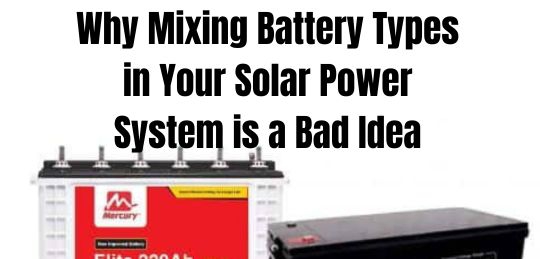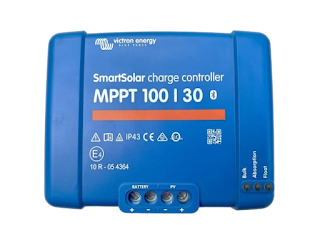The Dark Side of the Solar Market: Exposing Overrated Solar Panels and Fraud

Introduction: The global push for renewable energy has accelerated the demand for solar panels, a key player in the shift toward clean energy. Unfortunately, alongside this surge, dishonest practices have emerged in the solar industry. One of the most significant issues today is the sale of overrated or falsely labeled solar panels. This blog sheds light on how to identify fraudulent solar panels, drawing from my personal experience. We'll also explore practical ways to avoid falling victim to this widespread scam. Case Study: My Experience with Overrated Solar Panels Recently, I purchased six used solar panels, each rated at 250 watts. However, upon closer inspection, I noticed clear signs of label tampering. Four of the panels had residual adhesive from older labels, and two others had new labels entirely covering old ones. Suspecting foul play, I peeled back the new labels, only to find that the actual rating was 175 watts, not the advertised 250 watts. This discovery wasn’t jus...

